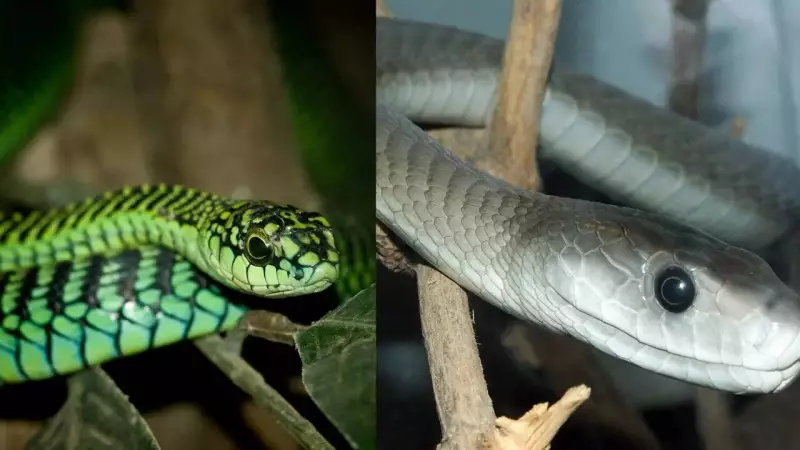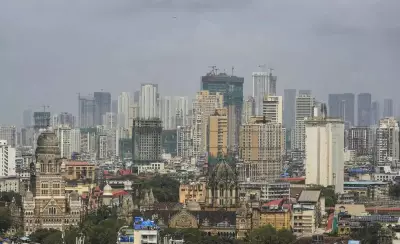
In the sun-scorched landscapes of Africa, two serpentine legends strike fear into the hearts of even the most experienced wildlife enthusiasts. The Boomslang and Black Mamba represent nature's perfect killing machines, yet they couldn't be more different in their approach to the hunt.
The Stealthy Tree Assassin: Boomslang
Hidden among the canopy, the Boomslang (Dispholidus typus) operates as nature's silent arboreal killer. With its vibrant green coloration and enormous eyes, this snake appears almost beautiful - until you understand its deadly capabilities.
Key characteristics that make the Boomslang unique:
- Habitat: Exclusive tree-dweller, rarely descending to ground level
- Appearance: Large-eyed with egg-shaped head and slender body
- Coloration: Males sport brilliant green, while females appear brown
- Venom type: Hemotoxic - destroys red blood cells and causes internal bleeding
- Bite effect: Symptoms may take hours to appear, creating a false sense of safety
The Lightning-Fast Ground Predator: Black Mamba
If the Boomslang is the silent assassin, the Black Mamba (Dendroaspis polylepis) is the blitzkrieg of the serpent world. Capable of reaching speeds up to 20 km/h, this snake doesn't just hunt - it dominates its territory with terrifying efficiency.
What makes the Black Mamba Africa's most feared snake:
- Speed: World's fastest land snake, reaching 12.5 miles per hour
- Size: Grows up to 14 feet, making it Africa's longest venomous snake
- Temperament: Highly aggressive when threatened
- Venom type: Neurotoxic - attacks nervous system and paralyzes victims
- Bite effect: Rapid onset, can cause death within 20 minutes without treatment
Deadly Differences: Venom Showdown
The most crucial distinction lies in their venom delivery systems and effects. While both can deliver fatal bites, their methods couldn't be more different.
Boomslang venom strategy: This snake employs hemotoxic venom that works slowly but methodically. The venom contains anticoagulants that prevent blood clotting, leading to internal and external bleeding. Victims might initially feel fine, only to collapse hours later from systemic hemorrhaging.
Black Mamba venom approach: In stark contrast, the Black Mamba's neurotoxic venom acts with terrifying speed. It blocks nerve signals to muscles, causing rapid paralysis that starts with drooping eyelids and progresses to respiratory failure. Without antivenom, the fatality rate approaches 100%.
Which Snake Poses Greater Human Risk?
Despite both being extremely dangerous, the Black Mamba claims significantly more human lives. The reasons are clear: its ground-dwelling nature brings it into frequent contact with humans, its aggressive defense posture, and the rapid action of its venom leave little time for treatment.
The Boomslang, while equally deadly in terms of venom potency, rarely encounters humans due to its arboreal lifestyle and generally shy nature. Most bites occur when people handle the snake or disturb its habitat.
Essential survival knowledge: If bitten by either snake, immediate medical attention is crucial. While antivenoms exist for both species, the window for treatment is dramatically shorter with Black Mamba envenomation. Remember the golden rule of African wildlife: admire from a distance and never attempt to handle these magnificent but deadly creatures.





